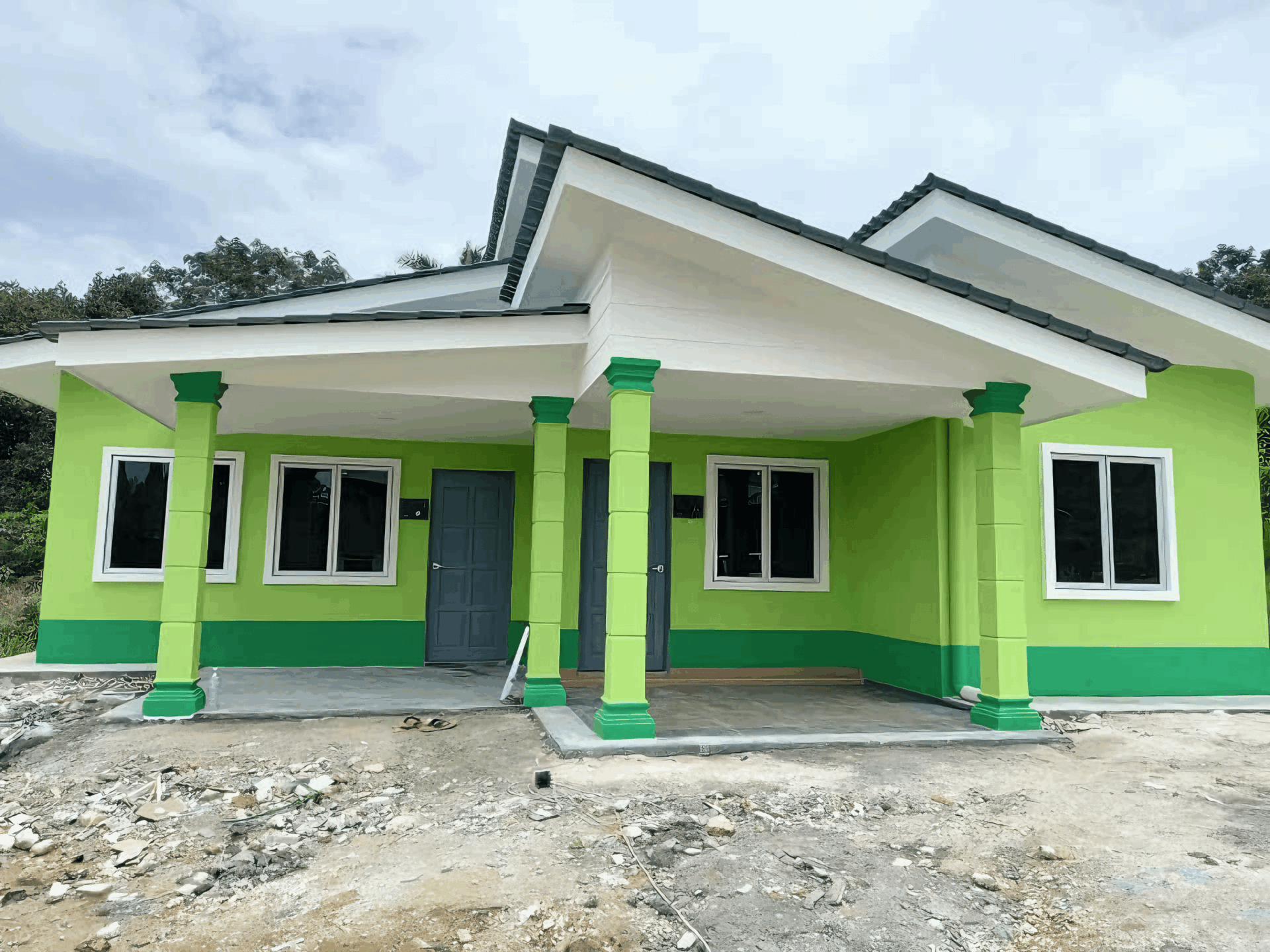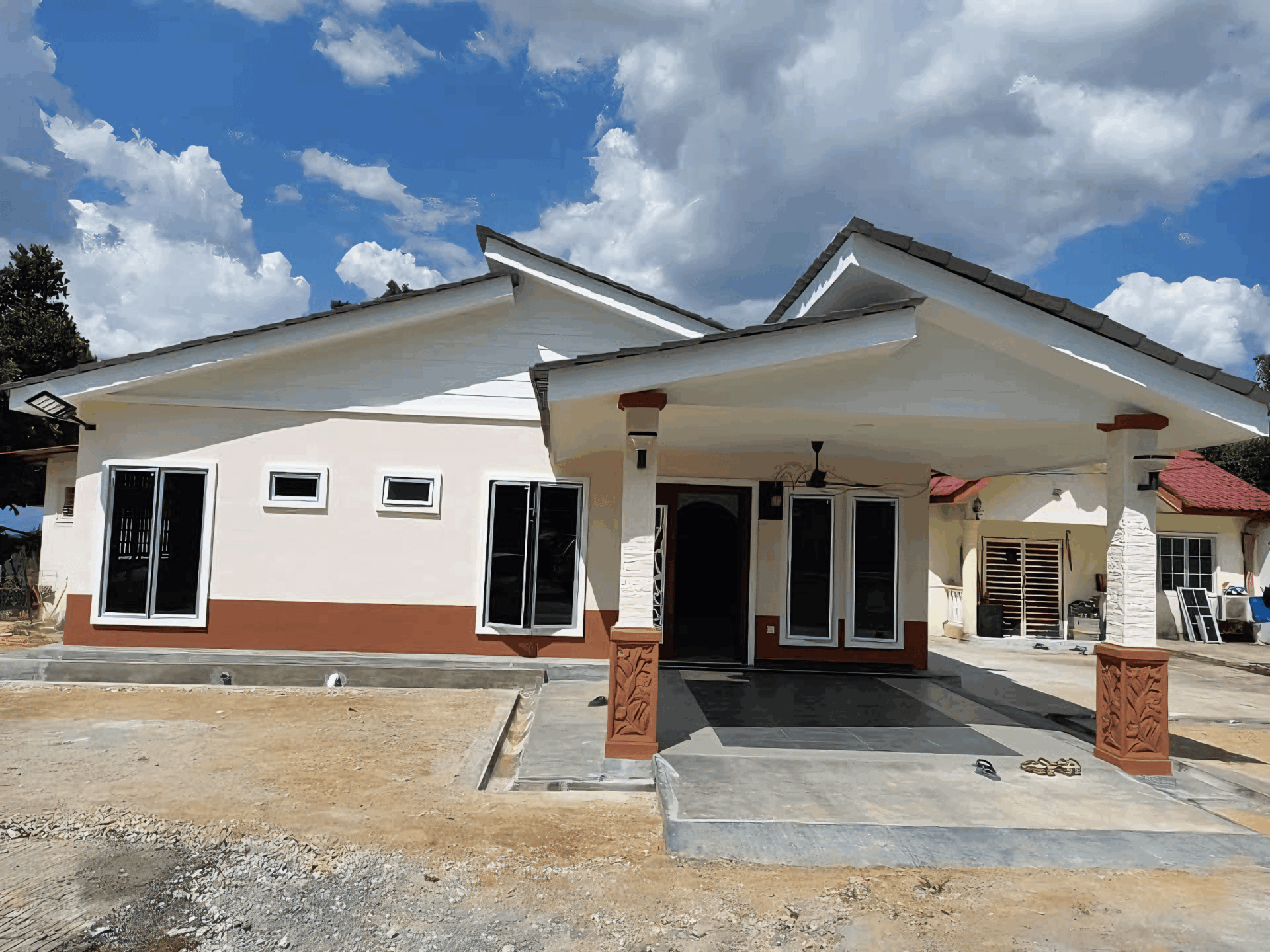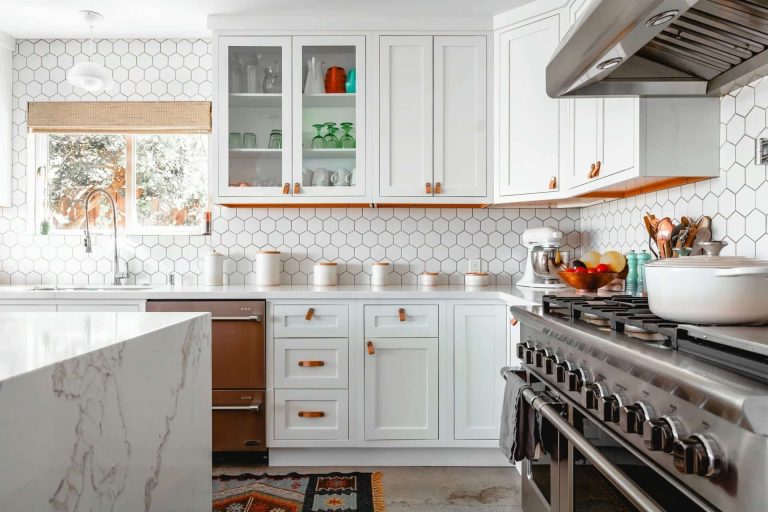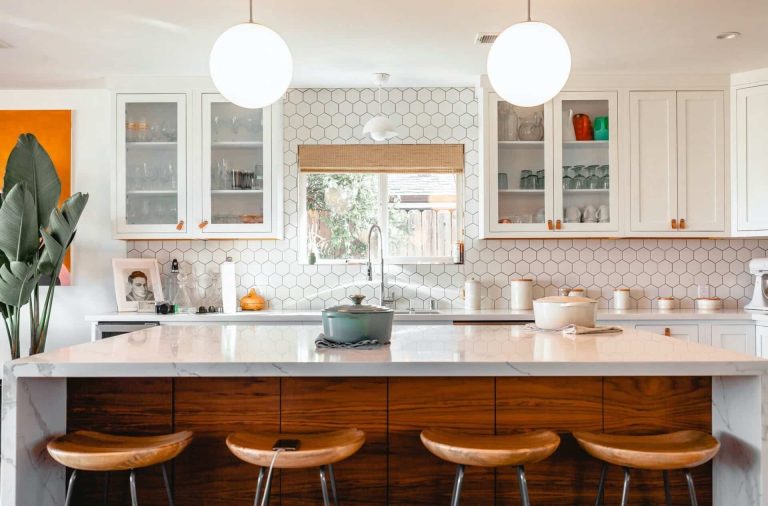Building a house is often described as one of the most significant undertakings in a person’s life. It’s a dream woven into the fabric of countless aspirations, symbolizing stability, comfort, and personal achievement. However, beneath the surface of this monumental venture lies a labyrinth of decisions and challenges that can easily lead even the most diligent homeowners astray. From budgeting missteps to zoning conflicts, the road to a new home is dotted with potential pitfalls that can turn a joyous journey into a frustrating ordeal.
In this article, we will explore some of the most common mistakes that individuals make during the house building process. Drawing from the experiences of seasoned builders, architects, and DIY enthusiasts, we aim to shed light on the critical miscalculations that can derail a project. More importantly, we will provide practical strategies and insightful tips to help you navigate these challenges with confidence and clarity. By arming yourself with knowledge, you can steer clear of the traps that have ensnared many before you, ensuring that your vision for a dream home is not only realized but also accomplished with ease.
Join us as we delve into the nuances of house building, emphasizing not only the importance of preparation and foresight but also celebrating the creativity and joy that come with constructing a home tailored to your unique style and needs. Whether you are a first-time builder or looking to refine your process, this guide will serve as a valuable resource on the path to successfully creating your ideal living space.
Planning Pitfalls: The Importance of Comprehensive House Design
One of the most significant oversights in the house building process is underestimating the importance of comprehensive house design. Without a well-thought-out plan, homeowners often find themselves needing to make costly adjustments down the line. Every aspect of the design, from the layout of the rooms to the orientation of windows, impacts not only the aesthetic appeal but also the functionality and energy efficiency of the home. A lack of foresight in this area can lead to dissatisfaction and loss of investment.
To mitigate the risk of poor design decisions, consider the following critical elements during the planning phase:
- Site Analysis: Understanding the unique features of the building site can significantly influence the design.
- Space Planning: Carefully consider how spaces will be used and flow into one another.
- Aesthetic Considerations: Ensure that the design reflects your personal style while also being practical and timeless.
When it comes to refining your house design, collaboration with architects and designers can be invaluable. To streamline this process, it may help to create a visual comparison of potential design elements. The table below outlines some common design considerations and their respective impacts:
| Design Element | Impact |
|---|---|
| Natural Light | Enhances mood and reduces energy costs. |
| Open Floor Plan | Encourages social interaction and maximizes space. |
| Energy-Efficient Features | Long-term savings and environmental benefits. |

Budget Blunders: Navigating Financial Challenges in Home Construction
When embarking on the journey of building your dream home, financial planning can often be the most daunting aspect. Many first-time builders overlook the importance of a detailed budget, resulting in what can only be described as budget blunders that derail timelines and inflate costs. Failing to set realistic financial expectations can lead to nasty surprises down the line, pushing you to make rash decisions that impact the quality and integrity of your project. Additionally, skimping on cost estimates for critical areas like materials, labor, and permits can result in hidden expenses that might not show up until it’s too late.
Another common misstep is neglecting to account for unexpected costs. Even with careful planning, the nature of construction is such that surprises can arise—from fluctuating material prices to unanticipated site issues. It’s wise to set aside a contingency fund to cover these variables. In general, a buffer of 10-20% of your overall budget is advisable to handle any unforeseen expenses without derailing your progress. This cushion not only keeps your project on track but also helps maintain your peace of mind throughout the construction process.
Lastly, effective communication with your builder or contractor is key in preventing budget issues. Many homeowners fail to understand the intricacies of construction contracts, which can lead to misunderstandings regarding what is and isn’t included in the project. To ensure transparency, consider the following steps:
- Request detailed quotes that break down material and labor costs.
- Discuss potential changes and how those changes can impact your budget.
- Schedule regular check-ins to evaluate progress and expenditures against your budget.
| Budget Category | Recommended Percentage |
|---|---|
| Materials | 40% |
| Labor | 35% |
| Contingency Fund | 10-20% |
| Permits & Fees | 5% |
| Interior Finishes | 15% |

Contractor Choices: Finding the Right Professional for Your Project
Choosing the right contractor can make a significant difference in the success of your house building project. To begin with, research is essential. Explore various contractors and their specialties, making sure they align with the specific needs of your project. Ask for recommendations from friends and family, but don’t stop there. Look at online reviews, testimonials, and portfolios to assess their previous work. Shortlist those who resonate with your vision and have a solid track record of delivering high-quality results.
Conducting interviews is another critical step. Prepare a list of questions that not only cover the contractor’s experience and qualifications but also their communication style and approach to problem-solving. Pay attention to how they answer your queries. A good contractor will provide clear, honest, and concise answers, and will be willing to share their ideas. It’s vital to assess whether you feel comfortable working with them as a partner throughout the building process.
always make it a point to review contracts and proposals in detail. Poorly outlined agreements can lead to misunderstandings and costly errors. Look for key elements such as budget estimates, timelines, and contingency plans. It’s advisable to compare proposals from multiple contractors side by side to see how they stack up against one another. A simple table can help clarify differences in pricing, materials, and timelines:
| Contractor Name | Estimated Cost | Timeline | Notes |
|---|---|---|---|
| ABC Builders | $150,000 | 6 months | Eco-friendly materials |
| Home Masters | $140,000 | 5 months | Highly rated |
| Dream Homes | $160,000 | 7 months | Custom designs |
By investing time in proper research, conducting thorough interviews, and carefully reviewing contracts, you set the groundwork for a successful partnership with your contractor. Each of these steps helps to mitigate risks associated with the home building process, allowing for a smoother path toward your dream home.

Inspection Oversights: Ensuring Quality Control Throughout the Build
Quality control is pivotal in any construction project, and oversight during inspections can lead to significant issues down the line. Regular checks not only identify problems early but also ensure compliance with building codes and project specifications. Skipping or rushing through inspections is a common mistake that can result in significant safety and structural problems.
Key areas to focus on during inspections include:
- Foundation and Structure: Confirm the foundation is laid correctly, check for shifting or settling, and ensure that all structural components are properly secured.
- Electrical and Plumbing Systems: Inspect wiring and plumbing installation for proper layout and functionality before walls are closed up.
- Finishing Touches: Ensure that flooring, cabinetry, and fixtures meet quality standards before declaring the project complete.
Another common oversight is failing to document and keep track of inspection results. This not only hampers communication among contractors but also complicates any future rectifications. It’s essential to develop a comprehensive record-keeping system to maintain transparency and accountability. Consider using a simple table format for tracking inspection findings:
| Date | Area Inspected | Finding | Action Required |
|---|---|---|---|
| 01/15/2023 | Plumbing | Leak detected | Repair before drywall installation |
| 02/05/2023 | Inspection of Electrical Systems | Wiring not up to code | Rework wiring to comply with standards |
involving all stakeholders in the inspection process can significantly reduce the chances of oversight. Regular meetings with contractors, architects, and inspectors ensure everyone is on the same page and aware of potential risks. By fostering an environment where questions and concerns are openly discussed, you can enhance the overall quality control of the construction process. Remember, the success of the project hinges on how well each aspect is overseen and addressed promptly.
Q&A
Q&A: Common Mistakes in the House Building Process and How to Avoid Them
Q: What is one of the most common mistakes homeowners make during house building?
A: One of the most frequent missteps is underestimating the importance of a detailed budget. Many homeowners dive into construction without a clear financial plan, leading to unexpected costs. To avoid this, create a comprehensive budget that accounts for materials, labor, permits, and contingencies, and stick to it.
Q: How can poor communication with contractors impact the building process?
A: Poor communication can lead to misunderstandings and costly errors. It’s crucial to establish clear lines of communication with your contractor from the outset. Regular check-ins, detailed written agreements, and being upfront about expectations can help ensure everyone is on the same page and reduce the likelihood of mistakes.
Q: What role does site selection play in the building process?
A: Site selection is foundational. Choosing an unsuitable location can lead to issues such as drainage problems and zoning violations. To avoid this, research the area thoroughly and consult with professionals about potential site issues before purchasing land.
Q: Are there any design-related mistakes that can be avoided?
A: Absolutely! One common design error is failing to consider functionality and future needs. Homeowners often get carried away with aesthetics and forget about practical aspects like storage, layout, and accessibility. Collaborating with an experienced architect can help balance beauty and function in your design.
Q: How important is adhering to local building codes?
A: Adhering to local building codes is crucial, as violations can result in fines and costly rework. To steer clear of this pitfall, familiarize yourself with the regulations in your area early in the process and maintain open communication with your contractor regarding compliance.
Q: What’s a key mistake related to timelines during the building process?
A: A significant error is having unrealistic timelines. Construction projects often face delays due to weather, material shortages, or labor issues. To mitigate this, work with your contractor to create a realistic schedule that includes buffer time. This helps set appropriate expectations for completion.
Q: How can environmental considerations be overlooked during construction?
A: Many homeowners neglect to factor in environmental impact. This can lead to problems like poor energy efficiency or not being eco-friendly. To avoid this mistake, educate yourself about sustainable building practices and materials. Consulting with an expert in green building can lead to choices that benefit both you and the environment.
Q: What is a common mistake regarding materials used in construction?
A: Choosing subpar or mismatched materials can be detrimental. Homeowners sometimes focus on cost savings at the expense of quality, leading to durability problems down the line. To avoid this, invest in quality materials suited for your climate and consult with professionals about optimal choices for your project.
Q: Can you share a common oversight relating to permits and inspections?
A: Yes! Failing to secure the necessary permits before starting construction is a frequent mistake. Skipping this step can halt your project and incur additional costs. Always check with local authorities about permitting requirements before breaking ground and schedule inspections at key stages of construction.
Q: What is one last piece of advice for prospective homeowners?
A: Patience is paramount in the house-building process. Rushing can lead to critical oversights and regrets. Take your time with decisions, consult with experts, and remember that building a home is a significant investment — both emotionally and financially. Embrace the journey, and strive to enjoy each step along the way!
Insights and Conclusions
As we conclude our exploration of the common pitfalls in the house building process, we hope you feel more empowered and informed as you embark on this significant journey. Building a home is not merely about bricks and mortar; it’s about crafting a space where memories will be made and dreams will flourish. By steering clear of these common mistakes and keeping the outlined strategies in mind, you can transform a potentially overwhelming undertaking into a satisfying adventure.
Remember, the key lies in preparation, communication, and diligence. Whether you are a first-time builder or a seasoned renovator, taking the time to plan meticulously and seek professional advice can save you from costly missteps. Embrace the journey, stay vigilant, and allow your vision to guide you every step of the way. the effort you invest will be reflected in a home that not only meets your needs but also embodies your unique spirit. Here’s to building wisely and well—may your future home be everything you envision and more.



